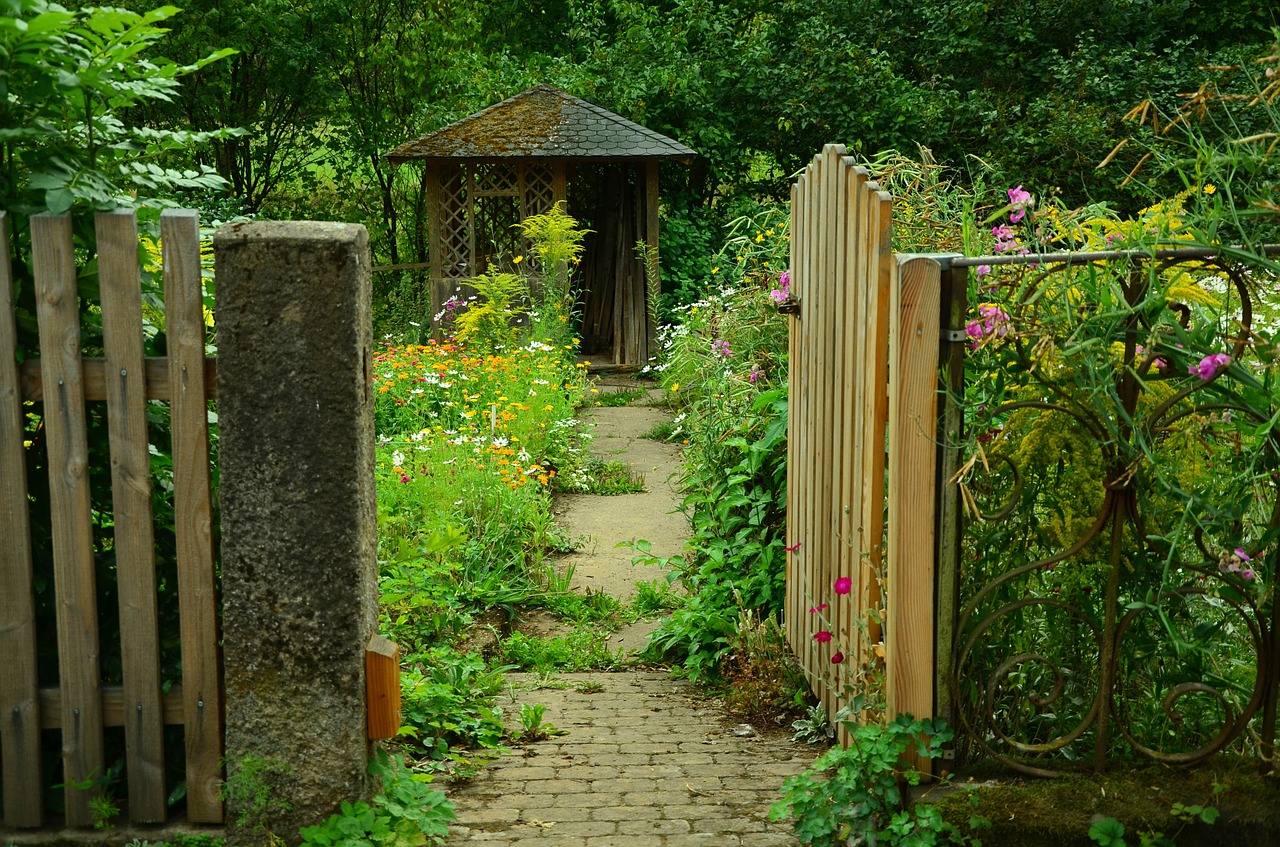Summer can be an exciting time for your plants, with colors bright and sunny days. It is thus a good idea to make sure they are in good shape, well-trimmed and blooming, ready for a new look for the season. With Spring already past, your garden will be adorning a tired look, with all the effort that the plants put in to look and smell beautiful. Here is a list of things you can do to make sure your garden looks great:

1. Plant Annuals
It is the time of the year for annual flowers which spring up during summer. It is a good opportunity to find some annuals which go well under heat and constant sunshine. Summer feels good with a bunch of colors around, so try to plant annuals which have a rich color. Some examples include Wax Begonias, Geraniums and New Guinea Impatiens.

2. Plant Perennials
Some perennials are meant for long periods of sunshine which can survive in summer heat. To go with the annuals, plant some color-rich perennials which will last you two consecutive summers. All you need to do is to water them regularly and leave the rest of the work for the plants. They will spring up and decorate your garden with beautiful flowers. Some examples include canna, coneflower and Peruvian lily. They are widely available at your local home depot.
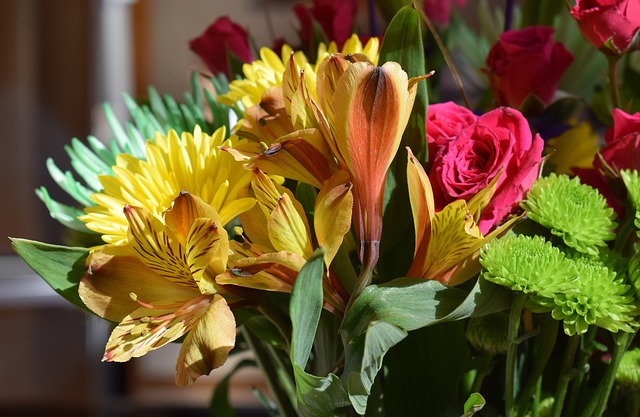
3. Weed Out Your Garden
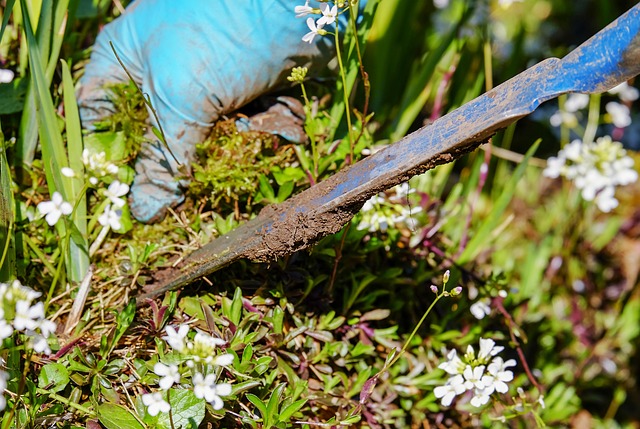
Naturally growing weeds can often bring some annoyance. Lacking color and beauty, all they add to your garden is untidiness. Plus, they will also take up many essential nutrients which can otherwise be utilized efficiently with the plantation of flowers. Mulching is a quick an easy way of preventing a weed apocalypse. Since it prevents light from reaching weed seeds, it will hinder their growth and eventually eliminate them. You can also use a knife or your own hands to remove the weeds from their roots.
4. Pests
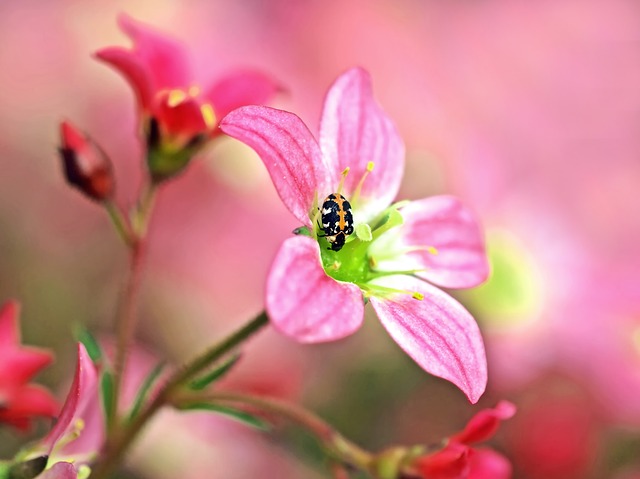
Be prepared for an attack by the worst enemy to the livelihood of your garden: pests. While their tiny size may not reflect the ability to infect an entire garden, these creatures inherit their strength from the ability to reproduce in large numbers. Some examples of common pests include Gall Mites, Winter Moths and the Viburnum Beetle. Be sure to invest in a nice, organic pesticide which won’t hinder the growth of your plants and yet keep it safe from infestation.
5. Trimming
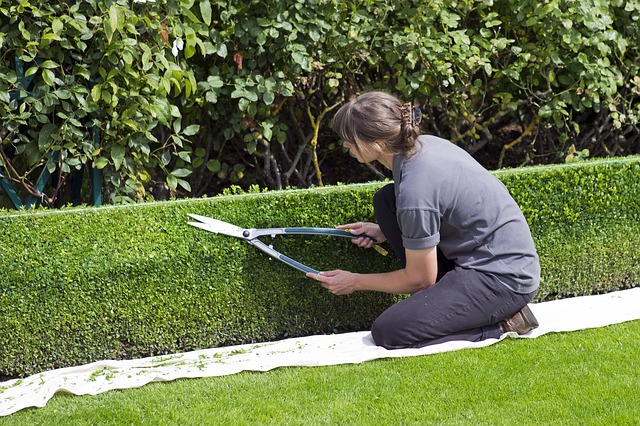
When your plants are growing wildly into each other, leaving little room for their expansion, it’s time to trim them. You’ll notice that some leaves have turned brown due to old age. With leaves turning brown and plants growing wildly, your garden is at the risk of looking untidy. All you have to do is to pluck old leaves out using your hand or a scissor.
6. Harvesting
When your plants start sprouting with fruits and vegetables, give them time to fully grow and then pluck them. Plucking them out too early or too late would leave your harvest tasting bitter, sour or just plain bad. So, do this task when the time is right. Plus, plucking at regular intervals helps give your plant more room for another harvesting season and gives it the required stimulation for further growth.
